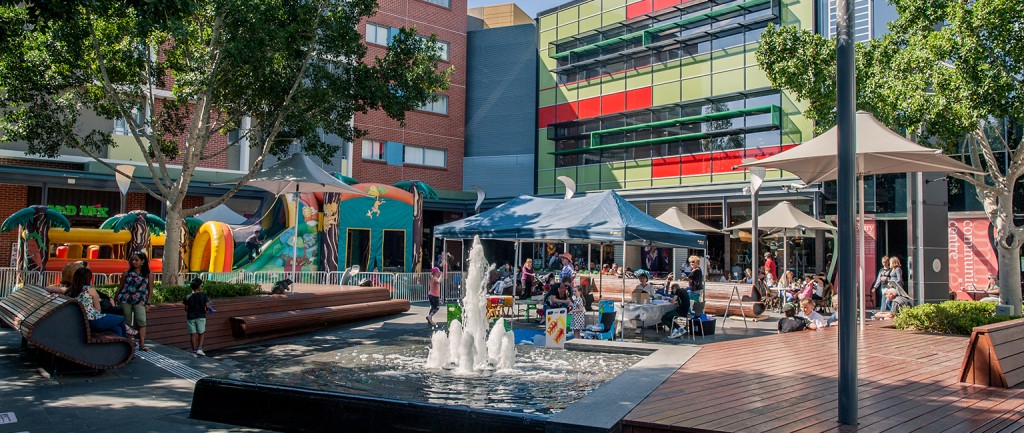Are business office parks a good investment?

All the talk in the Sydney office market this year has been about the CBD, but what of that other sector so in vogue over the last decade, the suburban business park?
Are they still relevant in 2015? To find out we spoke to two directors at Jones Lang LaSalle; Denys Bizinger who heads up the North Shore leasing team and John Macree Head of Sales and Investments Metropolitan Markets.
Tight supply

We started by asking whether these assets have good investment prospects. “They must stack up pretty well because there are hardly any for sale,” Bizinger says.
“In Macquarie Park, where I do a lot of my work, assets are tightly held, mainly by institutional owners, and attract very strong leasing demand, especially the A grade stock.”
City stock: Office withdrawals changing the face of our CBDs
Where is the tenant demand coming from?
Traditionally office parks were successful at attracting IT employers, pharmaceutical companies and telcos, but the market is broadening according to Bizinger.
“We have seen more construction companies interested but also others who have a requirement for research and development. That is leading to clusters of like-minded firms – such as Cochlear and Australian Hearing in the medical space.
“The other trend is groups with four or more business units amalgamating into one large open office – a flight to quality out of B grade stock.”
Groups with four or more business units are becoming attracted to office parks.
So what should investors be looking for?
Investors can expect to pay an entry level price of around $10 million, according to Bizinger, substantially less than what a CBD play would cost.
Investment play: What is office real estate?
Bizinger says access by public transport and car are key drivers for tenants. “Improvements in infrastructure, particularly the rail and bus network, and extensions to the M2 and WestConnex are making a material improvement,” he says.
Macree also points to changes to local planning as a driver with many Sydney councils liberalising commercial zoning.

For the property itself, investors should look for good size floor plates in parks with high access to amenity. “Macquarie Park is a good example of this with a nearby shopping centre, cafes and food outlets in almost every building and the nearby university being a real drawcard,’ Bizinger says.
Parking is also fundamental with tenants hesitating if a property does not provide easy access and egress.
Investors should look for good size floor plates in parks with access to amenity.
What sorts of returns can investors expect?
Macree says prime assets are currently attracting yields 7.5% to 8.25%, with some bounce-around.
“We sold a building early this year in the low sixes on a 20-year-lease to the government,” he says.
“Further yield compression is likely as demand is exceeding supply for investment grade stock although there are some external factors which could alter that.”
“But the fundamentals for commercial grade investment in Sydney in particular remain strong. Low interest rates and strong flows coming into super funds, which have a default setting of 10% in property, create a huge pool of investment money.
“The withdrawal of stock for residential conversion is the other prime factor, such as in Epping which has lost 14,000 sqm of commercial space, St Leonards 51,000 sqm, North Sydney 55,000 sqm, Burwood 22,000 sqm and Hurstville 34,000.
“This withdrawal is putting upward pressure on rent which means investors will pay a more aggressive yield.”
Insider: Office market a tale of two cities
And the best investment?
“With the withdrawal of stock, a savvy investor could look at an older building, employ a bit of capex to push up the rental return and hold long term with an eye to residential conversion down the track.”







